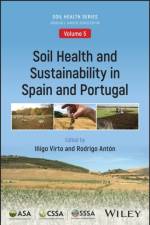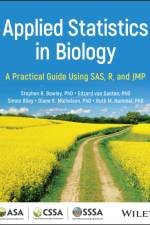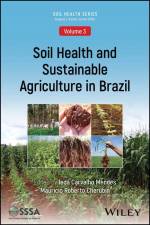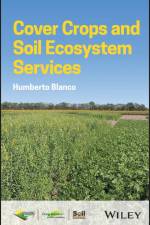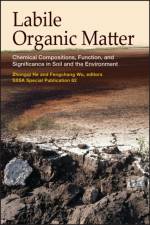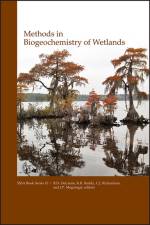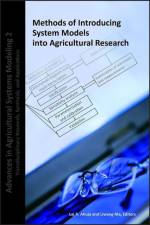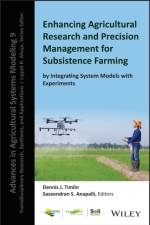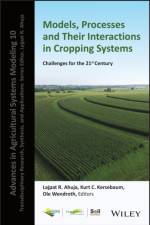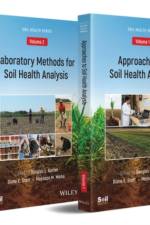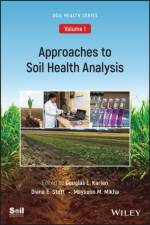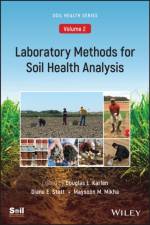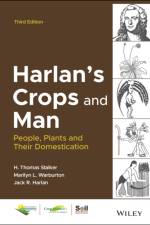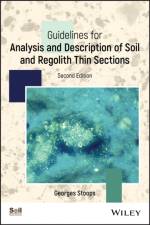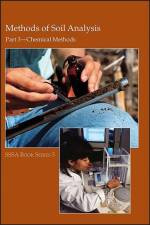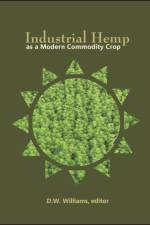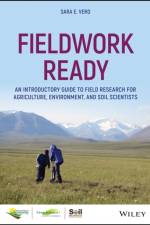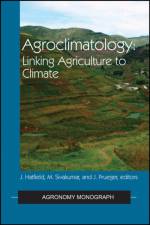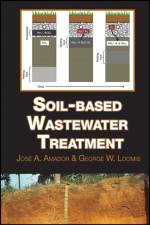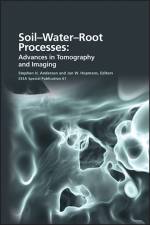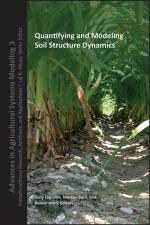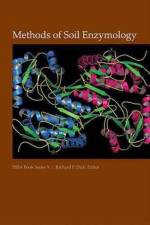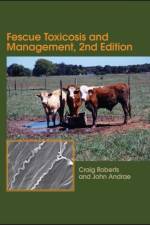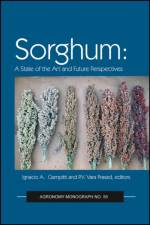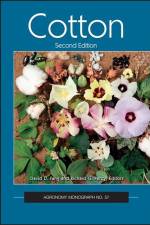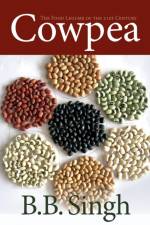- Advances and Barriers
av Mingxin (Delaware State University) Guo
1 827
Agricultural and Environmental Applications of Biochar: Advances and Barriers: Over the past decade, biochar has been intensively studied by agricultural and environmental scientists and applied as a soil quality enhancer and environmental ameliorator in various trials worldwide. This book, with 21 chapters by 57 accomplished international researchers, reports on the recent advances of biochar research and the global status of biochar application. Scientific findings, uncertainties, and barriers to practice of biochar amendment for sustaining soil fertility, improving crop production, promoting animal performance, remediating water and land, and mitigating greenhouse gas emissions are synthesized. The book presents a whole picture of biochar in its production, characterization, application, and development. Agricultural and Environmental Applications of Biochar: Advances and Barrier highlights the mechanisms and processes of biochar amendment for achieving stunning agricultural and environmental benefits. Composition and characteristics of biochar, its interactions with contaminants and soil constituents, and its transformation in the environment are illustrated to enlighten the achievements of biochar amendment in improving soil physical, chemical, and biological quality and animal health, reducing soil greenhouse gas emissions, and decontaminating stormwater and mine sites. Additional emphasis is given to the pyrogenic carbon in Terra Preta soils and Japanese Andosols, the pyrolysis technology for converting agricultural byproducts to biochar, and the existing economic and technical barriers to wide application of biochar in Australia, China, New Zealand, North America, and Europe. Readers will appreciate the comprehensive review on the up-to-date biochar research and application and gain critical guidance in best biochar generation and utilization.

